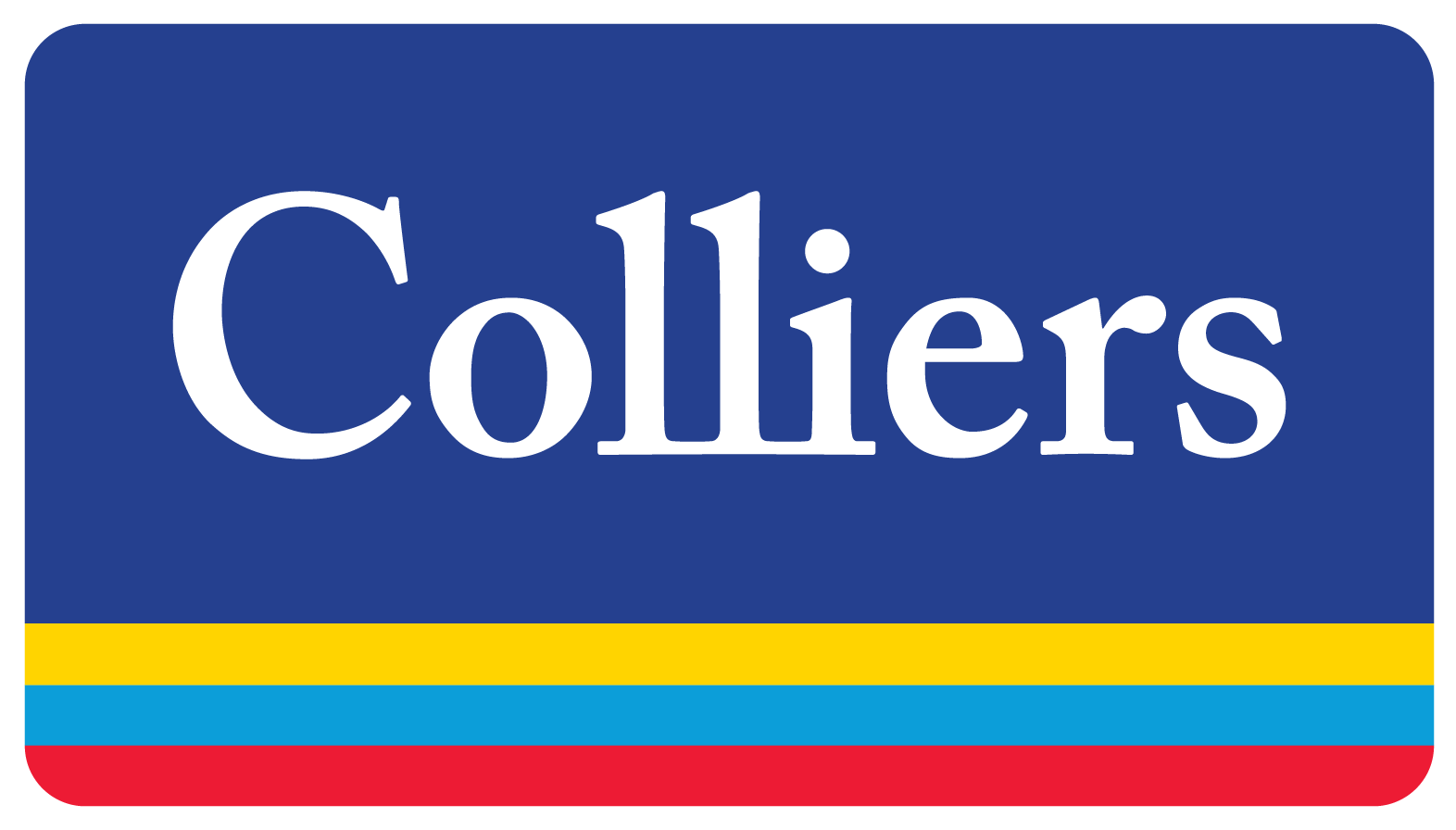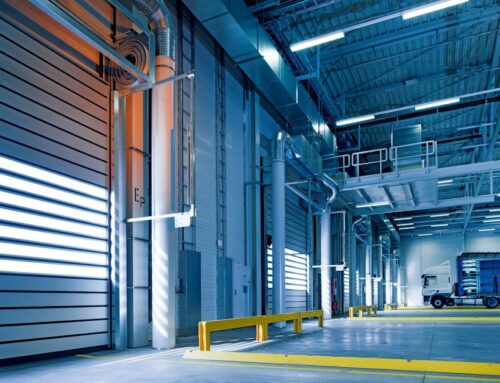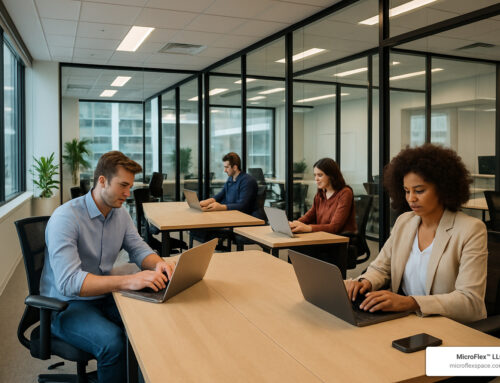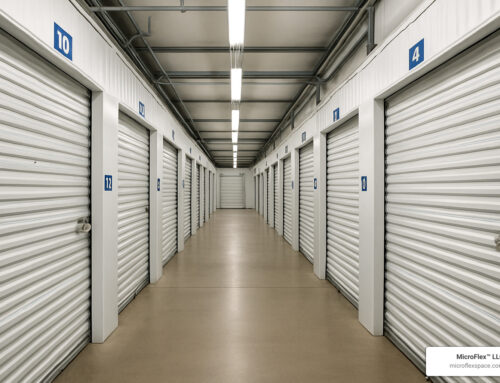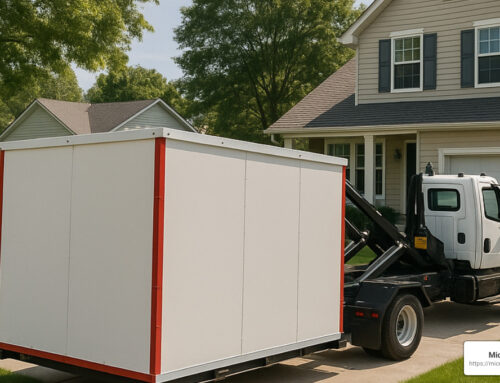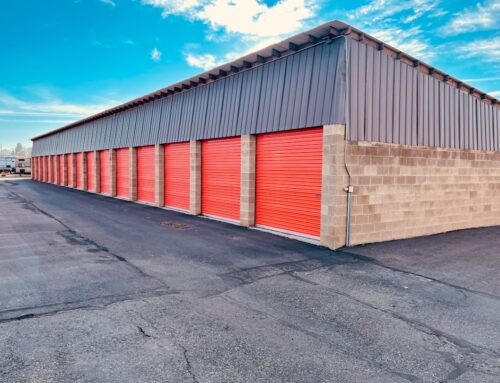Finding Your Ideal Office Space: A Practical Guide
If you’re looking for office space for rent, here’s what you need to know:
- Average Cost: Office spaces typically cost $21.50/sq ft per year, while industrial spaces average $8/sq ft
- Space Needed: Plan for 75-150 sq ft per employee
- Lease Types: NNN (you pay taxes, insurance, maintenance), Gross (one payment for rent, utilities extra), or Full Service (everything bundled)
- Rental Calculation: Monthly rent = (Total sq ft × Annual cost per sq ft) ÷ 12
Office space for rent comes in many forms, from traditional private offices to flexible coworking spaces, giving businesses of all sizes options that align with their needs and budget. Whether you’re a startup founder looking for your first professional space, a growing company needing room to expand, or an established business seeking a new location, finding the right office space involves understanding the market, lease structures, and how to evaluate your specific requirements.
The office rental landscape has evolved dramatically in recent years, with options now ranging from hourly bookings to multi-year leases, furnished or unfurnished spaces, and amenities that can include everything from reception services to global lounge access. Today’s tenants have more flexibility than ever, but also face more complex choices.
I’m Sam Zoldock, founder of OWN Alabama and a commercial real estate investment professional with extensive experience helping businesses find the perfect office space for rent across various markets and property types, from medical and industrial to creative lofts and traditional office buildings.
Understanding Office Space for Rent
Office space for rent is simply commercial property that businesses lease temporarily instead of buying outright. Think of it as your business home away from home – a professional environment where your team works, meets clients, and collaborates, all without the long-term commitment of ownership.
What makes today’s rental market special is its incredible flexibility. From cozy single-room offices to sprawling multi-floor headquarters, rental spaces now adapt to businesses at every stage. This flexibility has become even more valuable as remote and hybrid work reshape how we think about office needs.
As Mark, one of our Birmingham tenants, recently told me: “We started with just enough space for three desks. Two years later, we’ve expanded twice without changing buildings. That kind of growth would have been impossible if we’d bought our first office.”
Who Typically Needs Office Space for Rent?
The beauty of rental space is how it serves businesses across the spectrum. Freelancers and founders often start in shared spaces, professional service firms need client-friendly environments, and even large enterprises rent satellite offices to support distributed teams.
I’ve seen medical practices transform standard offices into welcoming patient spaces, creative studios find inspiration in unconventional industrial conversions, and remote-first companies create collaborative hubs for their quarterly team gatherings.
One of our tenants, a small accounting firm, explained their decision: “We need to project professionalism when clients visit, but we don’t need fancy space every day. Renting gives us that perfect middle ground – an impressive conference room when we need it, and practical workspace the rest of the time.”
Benefits of Renting vs Buying
When you choose office space for rent over buying, you’re making a strategic business decision with several advantages:
Capital preservation might be the biggest benefit – keeping your cash working in your business rather than tied up in real estate. One manufacturing client calculated they saved over $100,000 in their first year by renting flexible space with us instead of purchasing a facility.
Agility becomes your superpower with rental space. As your team grows or shrinks, as market conditions change, or as work patterns evolve, you can adjust your space needs without the headache of selling property. This adaptability proved invaluable during recent economic shifts, when many businesses needed to quickly resize their physical footprint.
The maintenance-free aspect of renting shouldn’t be underestimated either. When the air conditioning fails on the hottest day of summer or the roof develops a leak during storm season, that’s your landlord’s problem to solve – not yours.
At MicroFlex™ LLC, we’ve designed our Birmingham spaces specifically for this modern approach to work. We’ve seen startups graduate from small offices to larger units, seasonal businesses expand and contract throughout the year, and established companies test new markets without major real estate commitments.
The office rental landscape continues to evolve, but one thing remains constant: businesses need functional, professional spaces that support their work without becoming financial burdens. Renting delivers exactly that balance.
Types of Office Space for Rent
The commercial real estate market offers a diverse range of office space for rent options, each catering to different business needs, sizes, and budgets.
Traditional Office Spaces
When most people think of office space for rent, they picture traditional dedicated spaces leased by a single company. These come in three main classifications that help you understand what you’re getting—and what you’ll pay.
Class A buildings are the premium option, featuring high-quality finishes that impress clients the moment they walk in. With state-of-the-art systems, exceptional accessibility, and professional management, these spaces command top dollar—often $30-72 per square foot in major markets. They’re the corporate equivalent of luxury apartments.
A step down, Class B buildings offer good quality at more moderate rates ($20-30 per square foot in many markets). These well-managed buildings might be slightly older or have fewer bells and whistles than Class A, but they provide excellent value. Our research shows they represent about 40.79% of available inventory in many markets—making them the “sweet spot” many businesses target.
For the budget-conscious, Class C buildings provide functional space at the most affordable rates (typically $9-20 per square foot). While these buildings may be dated and in less desirable locations with basic systems, they offer a perfectly serviceable home for businesses where client impressions aren’t the top priority.
Office Space for Rent: Coworking & Flex Options
The workplace revolution of the past decade has brought flexible workspace solutions that have completely transformed how we think about office space for rent.
Coworking spaces offer shared work environments where professionals from different companies work side-by-side, creating natural networking opportunities. As James, one of our Birmingham Shared Office Space members told me last month: “The networking opportunities have been invaluable. I’ve gained three new clients just from conversations in the communal kitchen.”
Within these flexible environments, you’ll find options for every work style and need: hot desks for drop-in work (first-come, first-served), dedicated desks that are reserved just for you, private offices for teams wanting their own enclosed space within a shared facility, day offices available by the hour, and meeting rooms you can book when needed.
The beauty of these arrangements is that they grow with you—start with a hot desk today, add dedicated desks as you hire, and eventually move into a private office without changing your address or losing your community connections.
More info about Birmingham Shared Office Space
Office Space for Rent: Specialized & Niche Spaces
Some businesses require spaces as unique as they are. Medical office space needs to meet healthcare compliance requirements with specialized features like wider hallways for wheelchair access, specialized plumbing, and improved privacy measures.
Creative companies often gravitate toward creative lofts—those open, industrial-style spaces with soaring ceilings, abundant natural light, and flexible layouts that inspire innovation. I’ve seen design teams completely transform when they move from conventional offices to these inspiring environments.
Other specialized options include lab space equipped with specialized ventilation and safety features, content studios designed for media production with soundproofing and lighting setups, and spec suites that come pre-built and ready for immediate occupancy.
At MicroFlex™ LLC, we’ve taken a unique approach by creating spaces that combine multiple functions—office, warehouse, storage, and showroom—in adaptable configurations. This has proven particularly valuable for businesses with both administrative and physical product needs.
Sarah, who runs a small manufacturing business from our Auburn Opelika AL location, recently shared: “Having our office and product development space under one roof has streamlined our operations tremendously. We don’t waste time traveling between locations.”
This multi-function approach is increasingly popular in today’s business landscape where flexibility isn’t just nice to have—it’s essential for survival and growth.
How to Choose & Budget for Your Next Office
Finding the perfect office space for rent is a bit like dating – you need to consider both practical compatibility and that special spark that makes your team excited to show up every day.
Location Considerations
Where your office sits on the map affects everything from daily commutes to your company culture. I’ve seen businesses transform after moving to the right location.
Commute times matter more than you might think. Research shows that employees with shorter commutes are happier and stay with companies longer. One of our tenants at the Birmingham Hoover AL location told me, “Being close to the highway interchange saves our team members an average of 15 minutes each way on their commutes—that’s 2.5 hours of time given back to each employee every week.” That’s basically a free movie each week!
Think about the neighborhood amenities too. Having good lunch spots, coffee shops, and gyms nearby isn’t just convenient – it creates natural opportunities for team bonding and impromptu meetings away from desks.
For businesses that welcome clients regularly, client accessibility should be top of mind. Is your space easy to find? Is parking a headache or a breeze? These little things shape first impressions.
Some industries thrive in specific business ecosystems where similar companies cluster. Being near your industry peers can create unexpected collaboration opportunities and make recruiting specialized talent easier.
Estimating Space Requirements
Getting the size right is crucial – too small and you’ll feel cramped; too big and you’re paying for air.
The rule of thumb is 75-150 square feet per employee, but this varies widely. Open floor plans can work with 75-100 square feet per person, while traditional layouts with private offices need 150-300 square feet per person.
Don’t forget to think about your growth projections. That perfect-sized office today might feel like a shoebox in 18 months if you’re planning to expand. Consider whether the space can accommodate your future team.
Remember to account for specialized areas beyond desks – conference rooms, break areas, reception, and that storage closet for the office supplies nobody admits to hoarding.
This handy calculation can give you a starting point:
| Office Component | Calculation | Example (20 employees) |
|---|---|---|
| Open Workstations | 75 sq ft × # of staff | 1,500 sq ft |
| Private Offices | 150 sq ft × # of executives | 450 sq ft (3 offices) |
| Conference Room | 25 sq ft × # of seats | 250 sq ft (10-person room) |
| Break Area | 15 sq ft × # of total staff | 300 sq ft |
| Reception | 100-400 sq ft | 200 sq ft |
| Circulation/Common | 25-40% of subtotal | 675 sq ft (25% of 2,700) |
| TOTAL | 3,375 sq ft |
For businesses with changing needs, we at MicroFlex™ LLC offer spaces that can grow with you – you won’t need to break your lease just because you had a good quarter! Business Rental Solutions
Understanding Lease Structures
Lease agreements can feel like reading another language, but understanding the basics helps you budget accurately.
With a Triple Net (NNN) Lease, you pay base rent plus your share of taxes, insurance, and maintenance. It’s like buying the basic car model and then adding all the extras separately. These additional costs typically add $5-15 per square foot to your base rent.
A Modified Gross Lease splits operating expenses between you and the landlord. The specific division varies, but it’s like a roommate agreement where you each cover certain bills.
The Full Service Lease is the all-inclusive resort package of commercial real estate. The landlord covers virtually all operating costs, including utilities and janitorial services. The base rent is higher, but your monthly expenses are more predictable.
In our experience, NNN leases dominate suburban office markets, while Full Service leases are more common in downtown high-rises.
Market Pricing & Variations
Office rental rates swing dramatically based on location, building class, and amenities – sometimes even within the same city block.
Geographic variations are substantial. In Los Angeles, you might pay anywhere from $14.40 to $72.00 per square foot annually, while Houston offers more wallet-friendly options from $9.00 to $30.00.
Building class makes a big difference too. Class A buildings (the fancy ones with marble lobbies and doormen) typically cost 30-50% more than their Class B counterparts in the same neighborhood.
Buildings with extensive amenities like fitness centers, rooftop terraces, and concierge services can command 10-20% higher rents. But for many businesses, these perks pay for themselves in employee satisfaction and recruitment appeal.
Here in Birmingham, where MicroFlex™ LLC operates multiple locations, we’ve found that flexible, multi-function spaces typically offer 15-25% better value per square foot than traditional single-use office spaces. Our spaces let you combine office, warehouse, storage, and showroom functions under one roof – saving both money and commute time between multiple locations.
The Leasing Process & Negotiation Tips
Securing the right office space for rent involves a structured process that typically takes 3-9 months from start to finish, depending on the complexity of your requirements and the condition of the space.
Step-by-Step Roadmap
Finding your perfect office space is a journey, not a sprint. Think of it as finding a new home for your business—you’ll want to take your time and get it right. The process begins with a thorough needs assessment where you’ll define what you’re looking for in terms of space, budget, location, and timeline. This foundation is crucial; as one of our clients put it, “Knowing exactly what we needed saved us from being impressd by unnecessary extras.”
Once you know what you’re looking for, the market search begins. Whether you’re working with a broker (recommended for larger spaces) or searching independently, you’ll identify properties that match your criteria. This leads to the fun part—property tours! Walking through potential spaces helps you envision your team working there and notice details that photos simply can’t capture.
For larger leases, space planning with an architect or designer can help you visualize how your operations would fit in the space. This is when the excitement really builds as your new office starts taking shape on paper.
When you’ve found “the one,” you’ll submit a non-binding proposal or Letter of Intent (LOI) outlining your desired terms. This kicks off the negotiation dance with the landlord to reach terms that work for everyone. Don’t skip having an attorney review the lease before signing—it’s worth every penny to avoid future headaches.
Finally, you’ll coordinate any necessary build-out and move-in logistics. A client who recently leased space at our Huntsville AL location shared: “The simplified leasing process at MicroFlex™ LLC saved us weeks compared to traditional office leasing. We were operational in our new space within 30 days of our initial tour.”
Common Pitfalls to Avoid
Even savvy business owners can stumble when leasing office space for rent. The most common mistake? Underestimating space needs. I’ve seen companies outgrow their space within months, forcing costly mid-lease relocations. Always plan for growth—it’s better to have a little extra room than not enough.
Hidden costs can also sneak up on you. That attractive $20/sq ft might not include after-hours HVAC usage, parking fees, or signage charges. One client told me they were shocked by a $300 monthly fee just to have their company name in the lobby directory!
Skipping due diligence is another costly error. Check everything from the building’s maintenance history to the reputation of management. As one tenant learned the hard way, “I wish I’d talked to other tenants before signing. I would have learned about the chronic elevator issues that plague our daily operations.”
Without proper exit strategies in your lease, you could be stuck paying for space long after you’ve outgrown it or downsized. Always negotiate sublease rights or termination options—especially in today’s rapidly changing business environment.
Finally, don’t accept an inadequate tenant improvement allowance. Building out an office space almost always costs more than initially estimated. For businesses seeking maximum flexibility, our short-term rental options provide an excellent solution to avoid long-term commitments while maintaining professional space. More info about Short Term Office Rent
Negotiating Favorable Terms
The negotiation phase is where experience really pays off. Almost everything in a commercial lease is negotiable—don’t be afraid to ask for what your business needs.
Free rent periods are standard in most markets—typically 1-2 months for every year of lease term. This gives you breathing room during the move-in process and helps offset setup costs. One tenant shared, “The three months of free rent we negotiated gave us time to transition smoothly without the pressure of immediate overhead.”
For spaces needing work, push for a generous tenant improvement allowance. In longer leases, $30-50 per square foot is reasonable for significant renovations. Your future self will thank you for securing renewal options at predetermined rates or with reasonable caps on increases.
Growing companies should negotiate expansion rights on adjacent spaces. One of our Birmingham Irondale AL tenants successfully negotiated a flexible expansion clause that allowed them to gradually take additional space as they grew, without committing to the full footprint upfront. This saved them approximately $40,000 in the first year while still securing their growth path.
Don’t overlook termination options for longer leases—the ability to exit with reasonable notice and a predetermined penalty provides valuable flexibility in uncertain times. And for those NNN leases, negotiate expense caps on annual operating cost increases. One savvy tenant told me, “The 3% annual cap on CAM increases I negotiated has saved us thousands as neighboring tenants face 7-8% jumps each year.”
A good lease negotiation results in both parties feeling satisfied. As we often tell clients at MicroFlex™ LLC, “The best deals are the ones where everyone walks away happy and looking forward to a productive landlord-tenant relationship.”
Trends, FAQs & Final Thoughts
The office space for rent market is constantly changing, shaped by how we work today and what businesses need to thrive. It’s fascinating to watch these shifts happen in real time!
Current Market Trends
The office landscape looks dramatically different than it did just a few years ago. Today, we’re seeing businesses accept hybrid work models where employees split time between home and office. This has created a boom in flexible office solutions that can handle teams that might be 5 people on Monday and 25 on Wednesday.
Move-in ready “spec suites” have become incredibly popular, especially among growing businesses. As one of our tenants put it, “We couldn’t afford to wait three months for build-outs—we needed to hit the ground running.”
Wellness features have moved from nice-to-have to must-have status. Spaces with natural light, outdoor work areas, and improved air filtration systems are commanding premium rents—and for good reason. The research clearly shows these elements boost productivity and reduce sick days.
While green building certifications like LEED still represent only about 1% of total inventory in many markets, sustainability is increasingly important to tenants. Many companies now include environmental commitments in their corporate values, making eco-friendly office space a natural extension of their brand.
Smart building technology has also become mainstream. As one Cushman & Wakefield survey revealed, flexible office solutions are now considered essential for 78% of large enterprises, compared to just 30% before the pandemic. High-speed connectivity isn’t just preferred—it’s expected.
Frequently Asked Questions about Office Space for Rent
1. How long should my lease term be?
This is one of the most common questions we hear, and the answer really depends on where your business stands today.
If you’re a startup or new business, you’ll likely benefit from shorter terms (1-3 years) or spaces with flexible arrangements. This gives you room to pivot as your business evolves. For established businesses with stable forecasts, longer terms (5-10 years) often make more sense, as they typically come with better rates and more substantial tenant improvement allowances.
Growing companies often find their sweet spot with 3-5 year terms that include renewal and expansion options. This provides stability while maintaining flexibility.
At MicroFlex™ LLC, we understand that one size doesn’t fit all, which is why we offer lease terms ranging from 3 months to 5+ years. We’ve found this range accommodates businesses at all stages of growth and certainty.
2. What amenities should modern teams prioritize?
Today’s workforce has different expectations than previous generations. The most valued amenities we’re seeing include reliable, lightning-fast internet (this is non-negotiable!), versatile meeting and collaboration spaces, and outdoor work areas where people can change their environment.
Wellness facilities like fitness centers and quiet relaxation areas have surged in popularity, as have convenient food and beverage options. Easy parking and transit accessibility remain crucial, as does secure 24/7 access for those night owls and early birds on your team.
Our Birmingham locations feature many of these amenities, and our tenant surveys consistently show that secure round-the-clock access and flexible meeting spaces are the features people appreciate most. As one tenant told us, “Having meeting space we can configure differently for various needs has been a game-changer for our team.”
3. Can I upsize or downsize mid-lease?
The honest answer is: it depends on your lease terms and your landlord’s flexibility. But there are several ways to build in the adaptability you might need:
Contraction rights can be specifically negotiated to give you the option to reduce space at predetermined points in your lease. Expansion options like first right of refusal on adjacent spaces can help growing companies. Strong sublease provisions give you the ability to sublease excess space if your needs change.
Working with flexible space providers like MicroFlex™ LLC offers another path. We’ve designed our business model around the ability to adjust space within our portfolio as your needs evolve.
One manufacturing client at our Auburn Opelika AL location was able to expand from 2,500 sq ft to 4,000 sq ft within six months as their production ramped up—without the penalty or disruption of relocating to an entirely new facility. They estimated this flexibility saved them over $30,000 in moving costs and lost productivity.
The world of work continues to evolve, and the office space for rent market is evolving right alongside it. Whether you need a traditional office, a flexible workspace, or something in between, today’s market offers more options than ever before.
More info about Locations – MicroFlex
Conclusion
Finding the right office space for rent shouldn’t feel like solving a puzzle with missing pieces. After exploring all your options, you now have a clearer picture of what’s available and what might work best for your unique business needs.
The commercial real estate landscape has transformed dramatically in recent years, giving you more choices than ever before. From traditional offices with long-term commitments to flexible spaces you can adjust as your business evolves, today’s market truly offers something for everyone.
At MicroFlex™ LLC, we’ve seen how the right space can transform a business. One client told us, “Finding a space that could grow with us made all the difference—we stopped worrying about our lease and started focusing on our customers.” That’s exactly what the right office space should do for you.
Our multi-function spaces across Birmingham, Huntsville, and Auburn-Opelika combine the best of all worlds. Need a professional office to meet clients in the morning and warehouse space to manage inventory in the afternoon? We’ve got you covered under one roof with spaces that adapt to your business, not the other way around.
What makes our approach different? We believe flexibility isn’t just a buzzword—it’s essential for modern businesses. That’s why we offer:
- Lease terms starting from just 3 months, so you’re never locked into a space that doesn’t serve you
- Thoughtfully designed spaces that can function as offices, warehouses, showrooms, or storage—sometimes all at once
- Locations selected for accessibility, making commutes easier for you, your team, and your clients
- Professional environments that make the right impression without unnecessary frills
- Straightforward pricing that makes budgeting simpler and more predictable
The space where you work impacts everything from team morale to client impressions to your daily operations. It’s not just four walls and a roof—it’s where ideas come to life, where partnerships form, and where your business vision becomes reality.
Ready to find your perfect space? We’d love to show you around any of our Alabama properties and help you find how the right environment can help your business thrive.
More info about Locations – MicroFlex
Your ideal office space for rent is out there—and finding it might be easier than you think.


